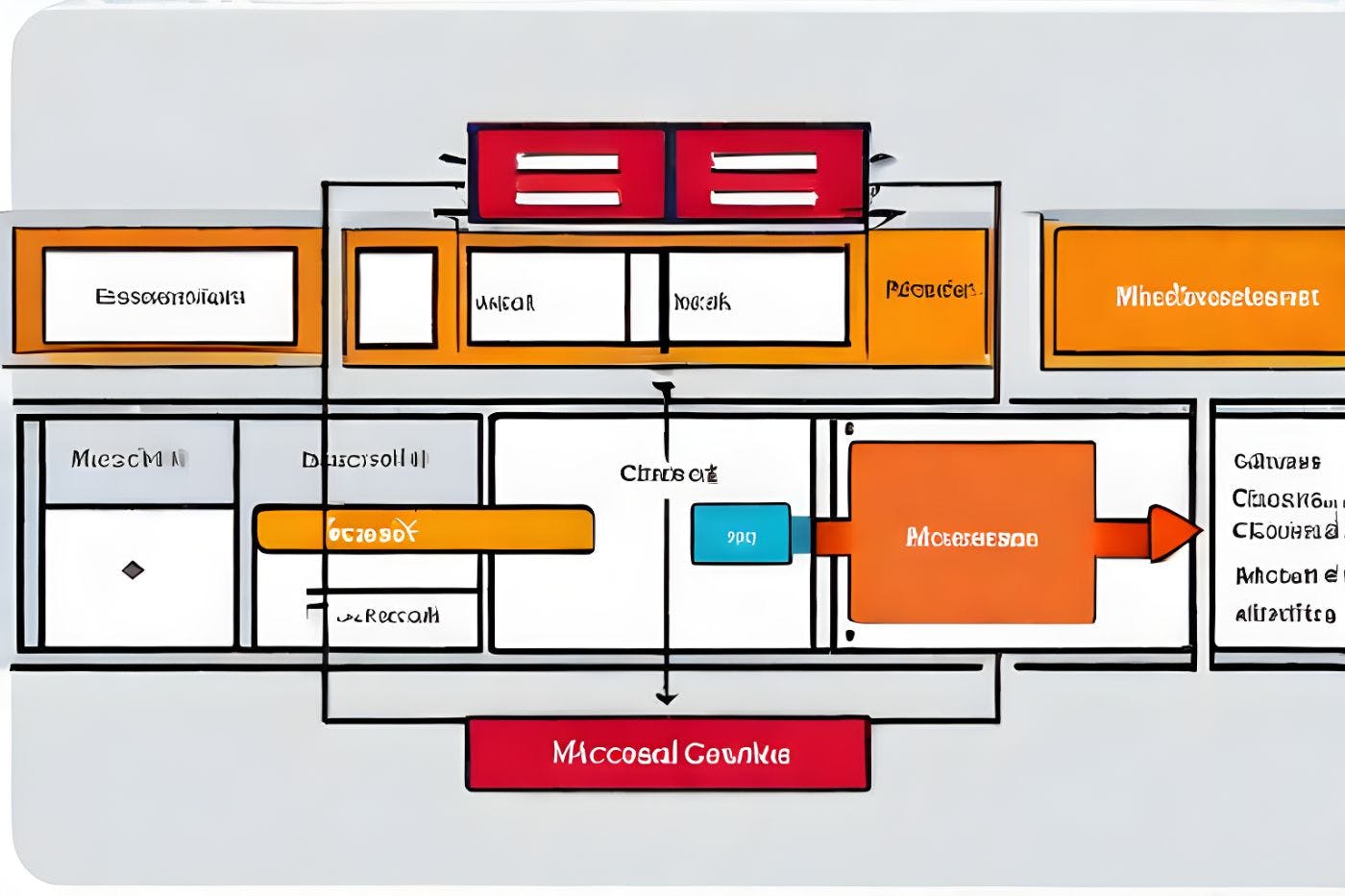Microservices architecture has grown in popularity in recent years for developing complicated, large-scale applications. Like cosmic dust, microservices combine to become a fully working system, dividing software into separately deployable services, delivering benefits such as flexibility, scalability, and maintainability. This dispersed architecture, however, adds complexity and new operating issues. Adopting DevOps principles and practices is critical for managing microservices architectures successfully.
What exactly are microservices?
Microservices are small, self-contained services that collaborate as a system. Each service focuses on a particular activity or function and interfaces with other services using APIs. An e-commerce software, for example, may include different microservices for the product catalog, user authentication, shopping cart, payment processing, and so on. The services are created and delivered autonomously, utilizing various technologies as needed.
The Advantages of Microservices
Microservices provide several significant advantages, including:
-
Development and deployment are carried out independently
Individual services can be developed and updated separately from the rest of the system. This speeds up development and increases deployment frequency.
-
Technology diversity
Rather than being mandated throughout the entire monolithic project, different languages and frameworks can be utilized for separate services. Developers can select the optimum technology for each service.
-
Resilience
Even if one service fails, the total system continues to function. The broken service can be repaired or replaced without affecting the rest of the system.
-
Scalability
To satisfy demand, services can be horizontally scaled independently. Popular services can be scaled up, while others must remain small.
Microservices Difficulties
A coin has two sides. Microservices also bring with them new operational and architectural issues, such as:
-
Distributed complexity.
The presence of dozens or hundreds of services complicates the system's visualization and management.
-
Messages-based communication.
Inter-service communication is accomplished through synchronous REST APIs or asynchronous messaging. Both have tradeoffs to consider.
-
Versioning and deployment.
Each service has its own version and deployment pipeline. It requires a lot of effort to coordinate releases and maintain compatibility.
-
Monitoring and visibility.
With so many services available, monitoring overall health and promptly identifying problems is increasingly difficult. More measurements and monitoring are required.
-
Management of infrastructure and dependencies.
The infrastructure required to provide many different services requires extensive automation and coordination.
The Function of DevOps
The principles and practices of DevOps are directly applicable to the issues of microservices architectures. DevOps makes continuous development, deployment, integration, and monitoring of complex distributed systems possible.
Among the essential DevOps approaches for microservices are:
-
IaC stands for Infrastructure-as-Code.
Infrastructure as a service solutions such as Ansible, Terraform, and CloudFormation simplify infrastructure provisioning and configuration. Complex microservices setups may be designed and duplicated fast.
-
Configuration administration.
Container scheduling and orchestration tools such as Kubernetes, Docker Swarm, and Nomad schedule and orchestrate containers across clusters, offering scaling, failover, and service discovery.
-
Pipelines for CI/CD.
Each microservice is built, tested, integrated, and deployed independently using automated CI/CD workflows. They encourage frequent releases and rapid iterations.
-
Monitoring and logging are essential.
Solutions such as Prometheus, Grafana, the ELK stack, and cloud-based tools provide visibility into critical microservices metrics and logs. Advanced tracing follows the flow of requests across services.
-
Mesh service.
Security, traffic routing, resiliency testing, and inter-service communication are all handled by tools like Istio and Linkerd.
-
Monitoring of the infrastructure.
Monitoring software such as Nagios, Datadog, and Zabbix examine server health, resource utilization, uptime, and performance. They give alerts when problems develop.
Recommended Practices
Focus on the following recommended practices to efficiently implement DevOps for microservices:
-
Prepare for failure.
Create services that fail gracefully and automatically recover. Use resiliency testing, circuit breakers, retries, deadlines, and similar techniques.
-
Monoliths are split incrementally.
It is preferable to gradually disassemble monolithic apps into services rather than rewrite them from scratch. Stability is improved incrementally.
-
Services should be isolated and decoupled.
Reduce the amount of cooperation between services. To keep them separate, avoid using shared libraries and databases.
-
Create a DevOps culture.
Adhere to DevOps values and organizational structure. Encourage developers, operators, and others to work together on common goals.
-
End-to-end monitoring is required.
Monitoring must provide system-wide visibility rather than simply individual services. Keep track of requests across services.
-
Automate everything you can.
Automation and infrastructure-as-code boost efficiency and dependability. Reduce the amount of manual human intervention.
-
Handle service variations.
Allow services to use their own technology, release cycle, scalability requirements, and so on, but preserve standardization where possible.
Conclusion
Microservices enable the development of complicated, large-scale apps as suites of independently deployable services. However, This distributed architecture brings complications and obstacles in development, deployment, communication, and monitoring. Adopting DevOps ideas, processes, and culture is essential for managing microservices architectures efficiently. Companies can design, deploy, integrate, and run complex microservices systems more effectively with comprehensive automation, collaboration, communication, and visibility throughout the environment.


